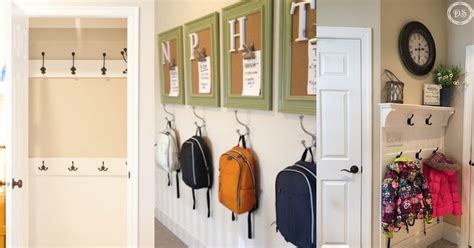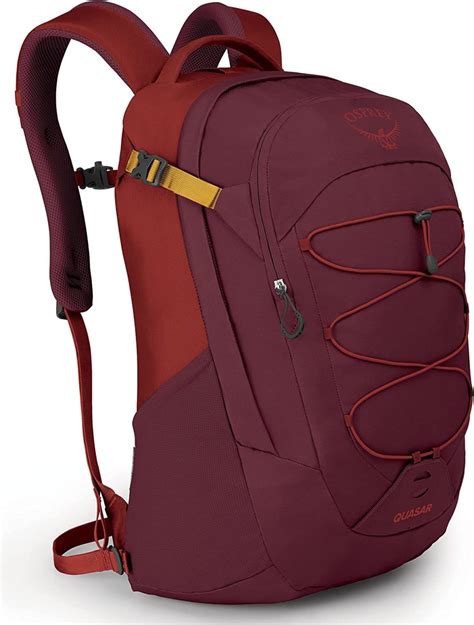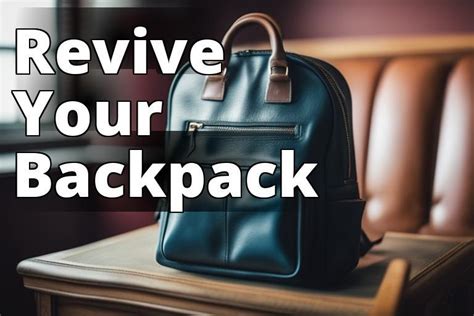The Unsung Hero: A Structured, Self-Standing Base
In the world of men’s backpacks, discussions often revolve around materials, capacity, laptop compartments, and external pockets. While these features are undoubtedly important, there’s one subtle design element that, in my frequent use, stands head and shoulders above the rest in terms of its under-appreciated value: a structured, self-standing base. It might not be the flashiest feature, but its impact on daily convenience and organization is profound.
Think about it: how many times have you set your backpack down, only for it to flop over, spilling contents or making it awkward to access anything inside? A truly well-designed men’s backpack eradicates this common frustration with a base that allows it to stand upright on its own, whether empty or full. This isn’t just about aesthetics; it’s about fundamental practicality.

More Than Just Neatness: Practical Benefits Aplenty
The ability for a backpack to stand independently offers a cascade of benefits. Firstly, it significantly simplifies packing and unpacking. No more wrestling with a collapsing bag as you try to neatly arrange your gear, books, or groceries. You can open it wide, view all its contents, and load it efficiently, much like working with a fixed container rather than a limp sack.
Secondly, it protects your belongings. When your bag stands upright, items are less likely to shift or become crushed at the bottom. Delicate electronics, lunch containers, or important documents maintain their integrity. Furthermore, it keeps the main compartment elevated from potentially dirty or wet surfaces, adding a layer of cleanliness and protection to your everyday carry.

Enhanced Accessibility and Workflow
For those who frequently work on the go, a self-standing backpack transforms into a portable office. You can easily retrieve a laptop, charger, or notebook without having to lay the bag flat on the floor or a desk, occupying more space than necessary. This also applies to casual use: grabbing a water bottle, a book, or your headphones becomes a seamless, one-handed operation rather than a two-handed wrestling match.

What to Look For in a Structured Base
Achieving this feature isn’t just about adding a rigid board. A truly well-designed self-standing base often incorporates several elements: a sturdy, sometimes reinforced, bottom panel made from durable materials like ballistic nylon or treated canvas, internal framing or stiffening that extends slightly up the sides, and a balanced overall design that prevents top-heaviness. The best examples manage this without adding excessive weight or bulk, maintaining the backpack’s aesthetic appeal.

Elevating Your Everyday Carry
Ultimately, a structured, self-standing base is a hallmark of thoughtful design. It’s a feature that whispers convenience rather than shouting about it, making your daily interactions with your backpack smoother, more efficient, and less frustrating. It’s the kind of detail you don’t realize you desperately need until you experience its absence, and once you have it, you’ll wonder how you ever managed without it. For me, it’s the quiet MVP in the arena of well-designed men’s backpacks, consistently enhancing my everyday carry.





